
2010 Husaberg FE 390 First Ride
Can less really be more with the radical Husaberg design? Small changes give the FE 390 a totally different personality than its big brothers.
Nobody has built a true middle-ground bike to bridge the gap between high-strung 250cc 4-strokes and overbearing 450cc thumpers. While we all wait for the elusive “350,” Husaberg turned out what it considers the happy medium, at least for the enduro world. The 2010 FE 390 is unlike any other bike on the market, but does that make it an odd-ball or genius?
Husaberg likes to do things differently, and always has. With innovation and rideability at the top of its list, the Swedish firm shocked everyone with the release of its 2009 FE 450 and 570. The radical engine and chassis design produced a bike that had the smooth, abundant power of a 450 enduro and handling that resembled 250cc machinery.
The offshoot of parent company, KTM. decided to play on those characteristics to create a bike that suits those in-between riders – the perfect trail bike. Our test ride in Olympia, WA proved that the 390 pretty much accomplishes that goal across the board.
The engine is really where the difference is at. A smaller stroke turns this ride into a much smoother, manageable version of the 450 machine.
First off, Husaberg didn’t reinvent the wheel to create the 390. It’s virtually the same as the FE 450 with a few minor changes – little tweaks that add up to a big difference in performance and overall characteristics. The SOHC single-cylinder engine is the heart of what makes this bike so good. Usually, OEMs are constantly trying to lessen the moving inertia inside a motor in an attempt to break away from the typical 4-stroke handling.
Since it already had a superb-handling equation, Husaberg went the other direction with the 390 and tried to boost that “rideability” factor by increasing inertia. Engineers installed a new crank with longer connecting rod that shortened the stroke from 63.4mm to 55.5mm. The 393cc engine uses a new piston with revised squish characteristics and slightly less compression.
A new camshaft tops off the engine with titanium intake valves, a new chain tensioner, oil control rings and nitrated piston rings. Other durability upgrades occur in the six-speed transmission which gets reinforced idler gears for all but the third and fourth cogs.
First gear was great though I wouldn’t have wanted it any lower, but second and third could have used a little more grunt deep off the bottom. I never used first during the race, opting to use the clutch instead for the higher gears. It’s just one of those things where you’ll have to ride it on your own trails and mess around with final gearing, like with any bike.
However, the upside of our Olympia test was that it allowed me to hassle the hydraulic Magura clutch. I used one finger for about the first half of the race before having to switch to two in the later stages, which is about half-a-race longer than I normally do. The pull is light and the action is solid from the steel-braided lines.
It didn’t howl like some hydraulics we’ve ridden in the past, even during our super-technical photo shoots. No complaints here.
Getting under the seat is quick and
easy, and the airbox/fuel tank
layout gives better weight
distribution and deep-water
potential.
The closed-loop fuel injection system feeds through a downdraft Keihin 42mm throttle body. I rode the bike using the most aggressive of three available fuel map settings, but the power was still extremely smooth and linear. For a comparison, I sampled the FX 450 very briefly and found that the tamest setting worked best, which should give some indication of how smooth the 390 really is.
Husaberg revised the EFI mapping specifically for the 390 and offers an optional user setting tool which will make swapping between options a simpler process.
There is some engine vibration at higher rpm, but the lump performs best in the low-to-mid range. This ‘Berg puts down more traction than any other bike I’ve ridden. Off-cambers and slick sections are where the 390 shines. Actually, it excels at anything technical and you can ride all day without getting worn out – trail riders take note.
Several of the design features really lend the 390 towards the extreme enduro market. Of course, the ease of use and constant traction are extremely valuable, but other tidbits add up as well. Having the air filter up where the fuel tank traditionally sits give the bike above average water-crossing ability.
Changing the filter requires no tools with a cable noose seat release. With the cylinder resting at a 70-degree forward tilt, mass centralization is maximized and the stainless steel exhaust header is routed tight to the engine for a more compact layout. The pipe is away from crash-damage harm and the only time I melted my pants was when I manhandled it from the side and stuck my knee against the header.
My leg never touched it during normal use. It also gets a new X-ring chain
The front end sticks – everywhere.
So does the rear, for that matter.
There is no kickstart lever. I know, I know… get with the times, Hilderbrand; trust the technology. KTM has a great reputation with their electric-only systems and Husabergs appear to be holding up as well, but am I the only one out there who likes having the option?
It’s not like I’ll ever use it given the choice, but it’s those times when there is no choice that I worry about. Do you want to take this thing deep in to Baja and have the battery go out? Call me paranoid… The starter worked fine during our test.
It never really lit the motor immediately, but it never failed to get us going either, it just likes a few extra cranks. Regardless, Husaberg claims the motor weighs around 68 pounds in its current form.
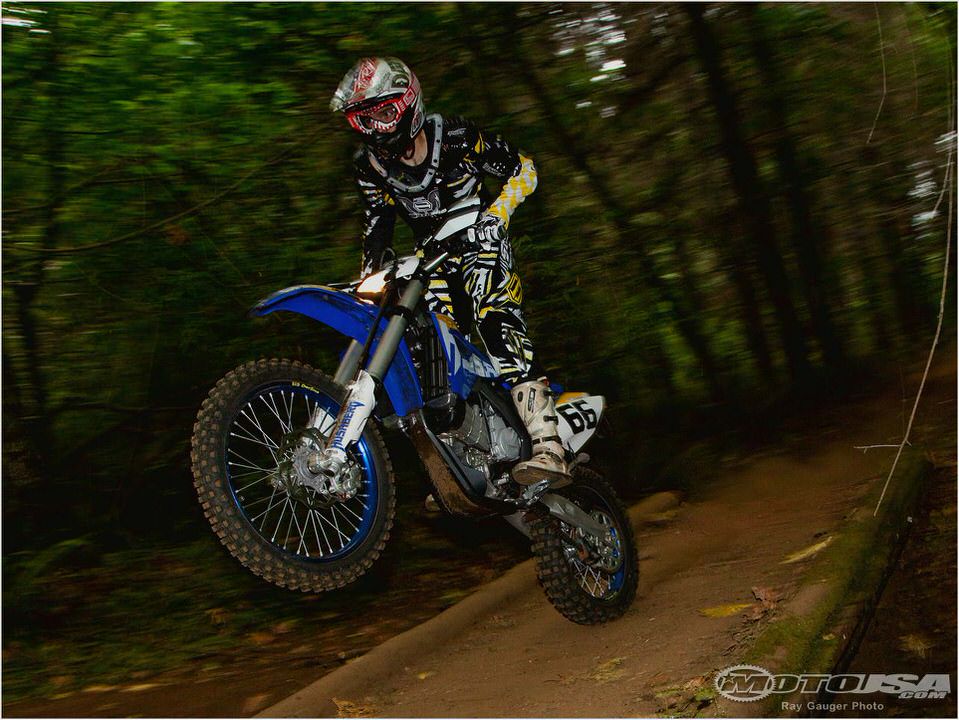
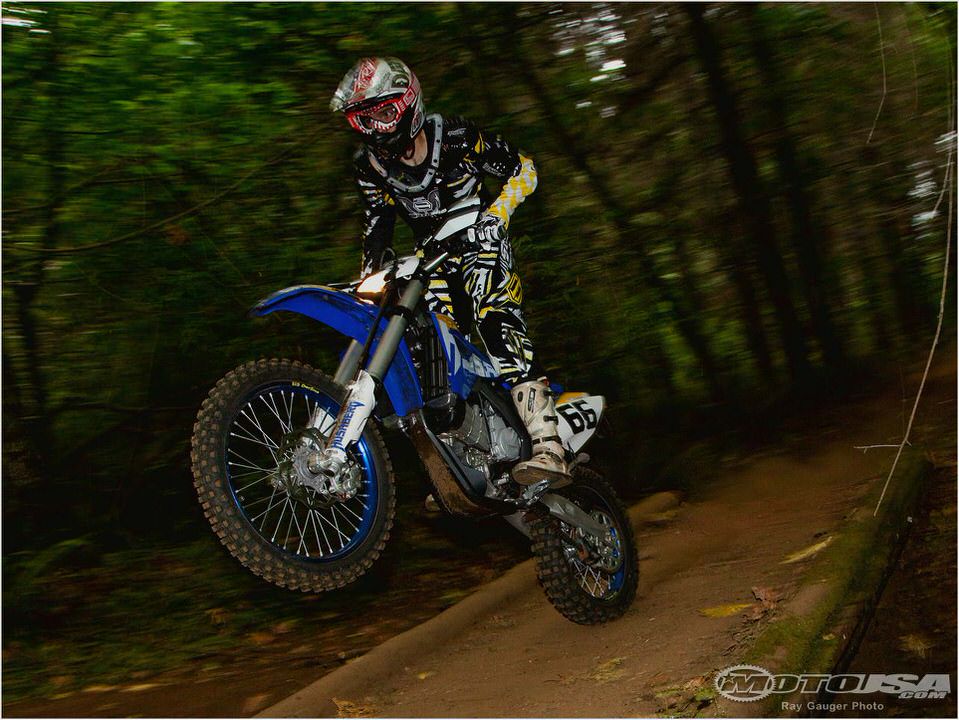
I enjoyed the extra ground clearance in the endurocross sections, but also on the trail where I crossed several slimy logs and the occasional misstep sent the 390 over a trailside object. The bike just didn’t get unsettled. It doesn’t bounce or deflect, and the only handling issue I had to adjust to was an overabundance of traction – not exactly something to complain about.
The ‘Berg just isn’t made for this.
Try the FX 450 if you want to take
flight.
The double-cradle perimeter steel chassis is a wonderful complement to the user-friendly motor. Even though it weighs the same, it feels lighter than the 450 while riding. Tip it over, however, and the ‘Berg shows all of its claimed 251 ready-to-ride pounds. A new black-anodized 22mm-offset triple clamp (up from 19mm) keeps handling very precise without being oversensitive, and the front tire offers as much grip as the rear.
The front end feels a bit heavy at times, but it puts a lot of emphasis through the soft WP fork. The 48mm open-cartridge unit up front required some stiffening on the compression circuit, but I still could have continued making improvements with more tuning. However, suspension on both ends is very trail-oriented and comfortable.
Remember that comment about never getting unsettled? The fork and shock are very active and there is little transfer between the two. For instance, hard impacts in front don’t cause rear end to squat and subsequently buck.
The linkless design in the rear operates independently of the fork, and I was generally happy with them all around on woodland terrain. The fully adjustable shock still has to be completely removed to change preload settings, a feat accomplished by removing two mount bolts.
The brakes also get steel-braided lines and a new Brembo twin-piston caliper up front, which came from the KTM SX models, provides amazing feel and power. Toyo brake pads are new as well and pinch a 260mm wave rotor. I was very happy with the progressive bite, and combined with the excellent traction from the front wheel, this bike is one of the easiest to command with surgical precision.
All the FE models are green-sticker legal with a headlight, taillight and permeated 2.25-gallon fuel tank. It’s also wired for a brake light and the handlebar-mounted control module offers high/low beam switch and horn connection (though there’s nothing attached), so dual-sporters have instant options.
Husaberg created a terrific trail bike, no doubt, but one that isn’t going to work in all situations. It was fantastic in the tight Washington trails, and once we got moisture on the ground it showcased its talents even more. The nastier the
It likes to play in the nasty stuff. In fact, it just likes to play period. We would love to have this bike in the garage, because there isn’t much else that competes as an all-around trail bike for our needs.
conditions, the more we appreciated the FE 390’s attributes. However, soft suspension and a mild motor will suffer in high-speed open terrain, even with the increased stability this year. Not to worry, that’s why they make the FE 570 and cross-country-targeted FX 450.
Husaberg didn’t want to make a 250cc machine since it believed that the existing 450 handled like a smaller bike. However it did want to offer a motor configuration that isn’t as physically demanding as the big model and caters to regular riders before the racing crowd. We had plenty of fun racing it just for kicks, but the FE 390 is an excellent trail machine on virtually every level.
This bike isn’t solely for the enigmatic or wealthy collector, either. Priced at $8898, there are plenty of enduro riders who will find this bike attractive at all levels – especially those who embody the fun-first attitude.
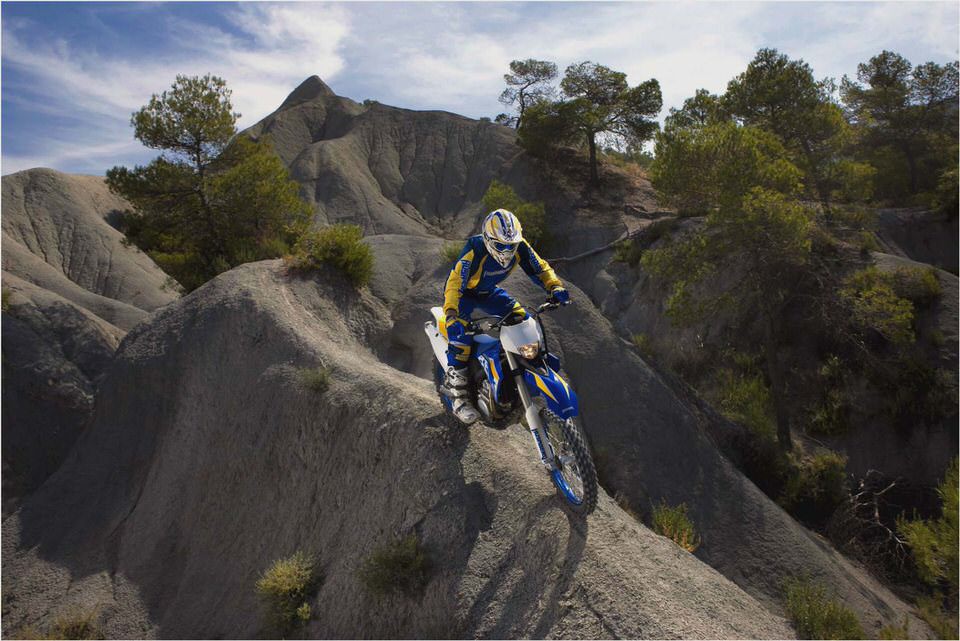
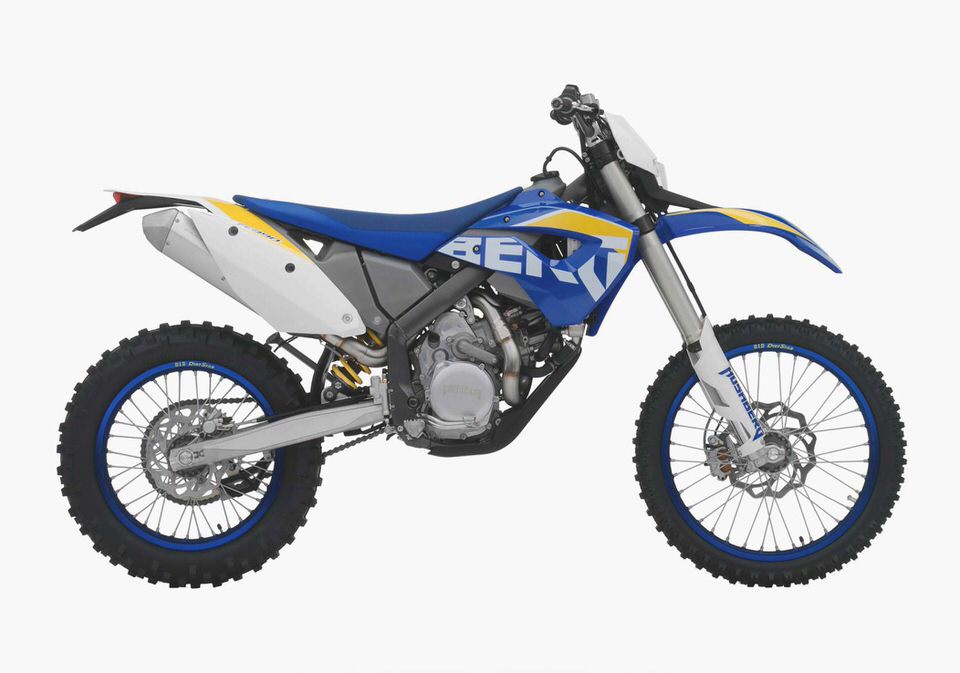
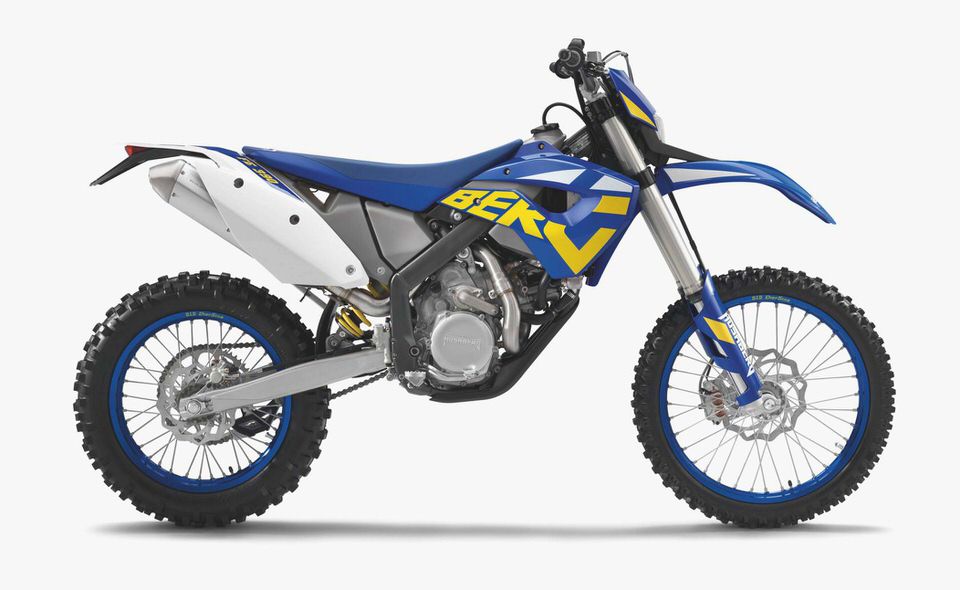
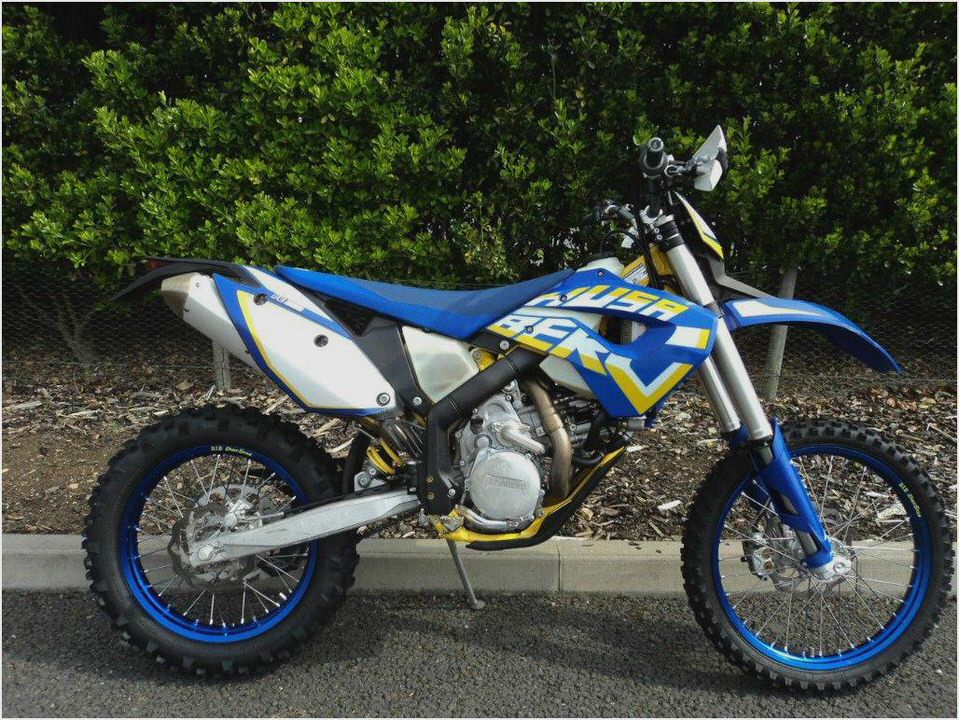
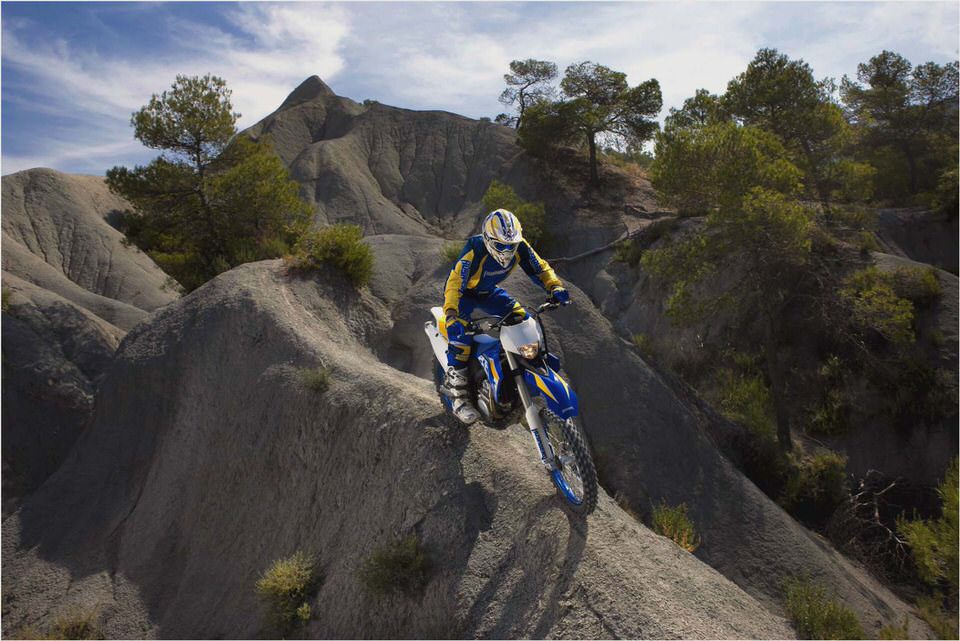
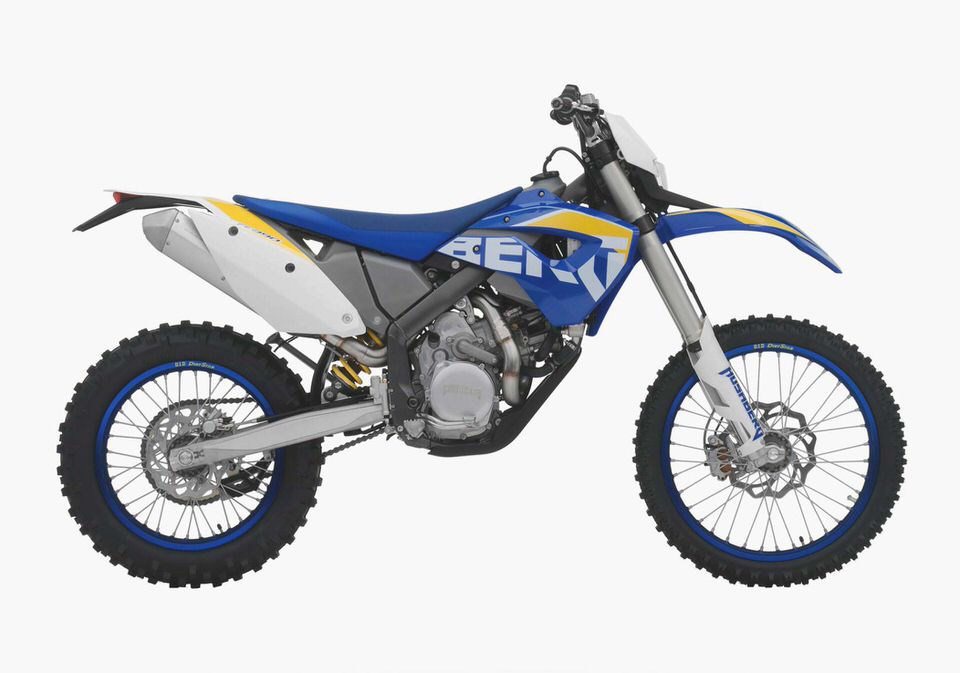
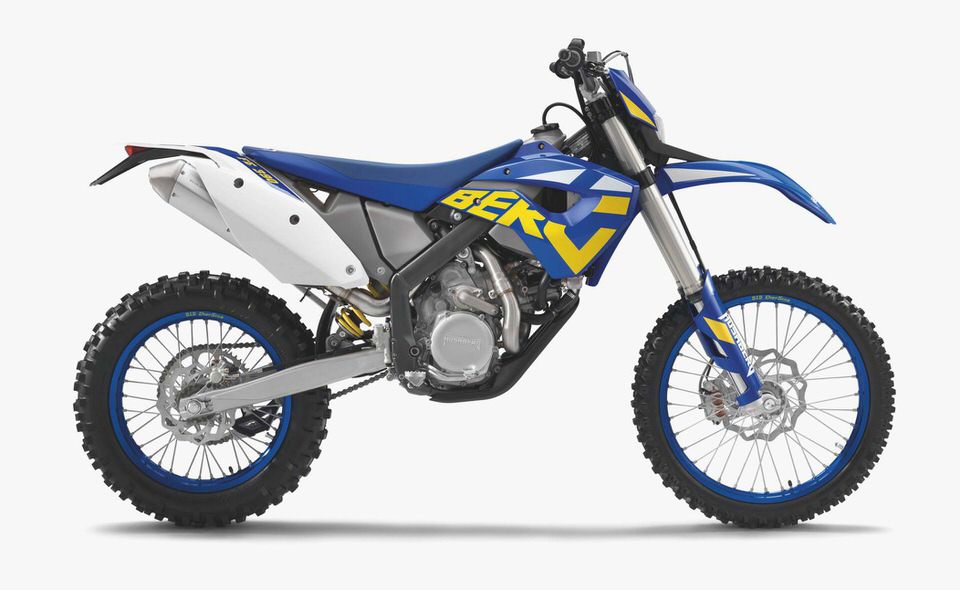
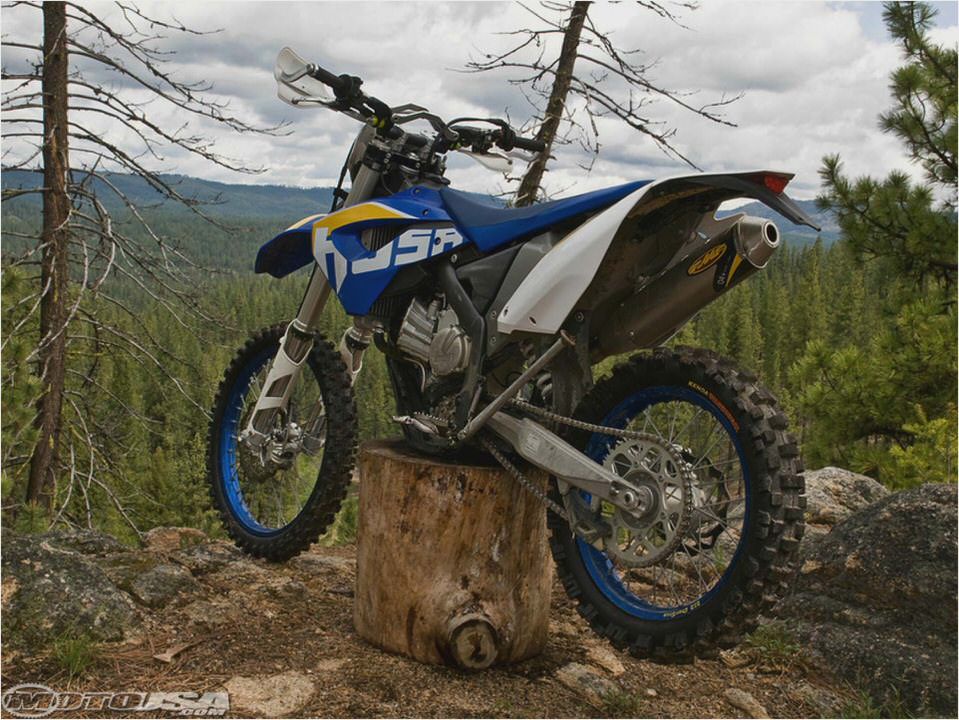

- Husaberg Motorcycles – fast husabergs using the light husaberg body plastic.
- 2014 Husaberg TE250 Review 2013 2014 Motorcycle Review and News
- 2007 Husaberg FS550e Quick Ride – Motorcycle USA
- 2014 Husaberg FE 501
- 2011 Husaberg FS 570 – Used 2011 FS 570 at Motorcyclist Magazine
